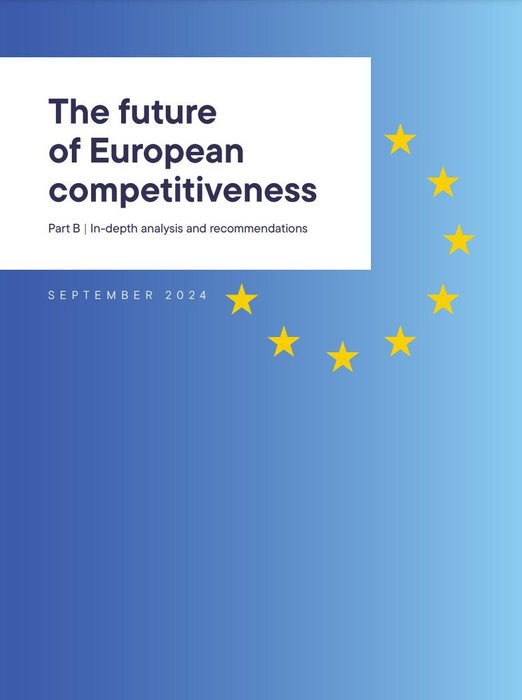Sublime
An inspiration engine for ideas
The Case for a New Bretton Woods
youtube.com
Draghi’s report reads like ‘interference’ - ie throwing around a bunch of ideas to distract from the core problem. Unless Europe has cheap energy it will gradually rot economically. There’s no point in talking about any other reforms until competitively priced energy is in place. https://t.co/dNlRJprNhk

Incredible note from Jared Woodard, the Head of Global Research at Bank of America:
He says the risks of Trump and Bessent’s plan are worth it, status quo is unsustainable. https://t.co/hEFLQrcU4m
Access Denied
weforum.org
Inflation, Interest Rates, The War in Ukraine & Commodity Prices, Labor Markets and The Great Repricing
Compounding Thoughts • Making Sense of the Macro
Some highlights have been hidden or truncated due to export limits.
Michael Lewis • Going Infinite: The Rise and Fall of a New Tycoon

Singapore PM Lawrence Wong: the Old Order has crumbled. The US who championed free trade and globalization is now abandoning it.
I quote: {"We cannot expect that the rules which protected small states will still hold," said Mr Wong. "I am sharing this with you so that we can all be mentally... See more
The third development is a stronger emphasis on bounded polities and national sovereignty. Free movement of capital has weakened the power of labour while the free movement of people without national economic development has put pressures on wages and hit workers.
Adrian Pabst • Postliberal Politics: The Coming Era of Renewal
This is the article in English that Elon submitted that was translated and published in German.
Only the AfD Can Save Germany
Germany stands at a critical juncture, its future teetering on the edge of economic and cultural collapse. As someone who has invested significantly in Germany's... See more
Martin Varsavskyx.com